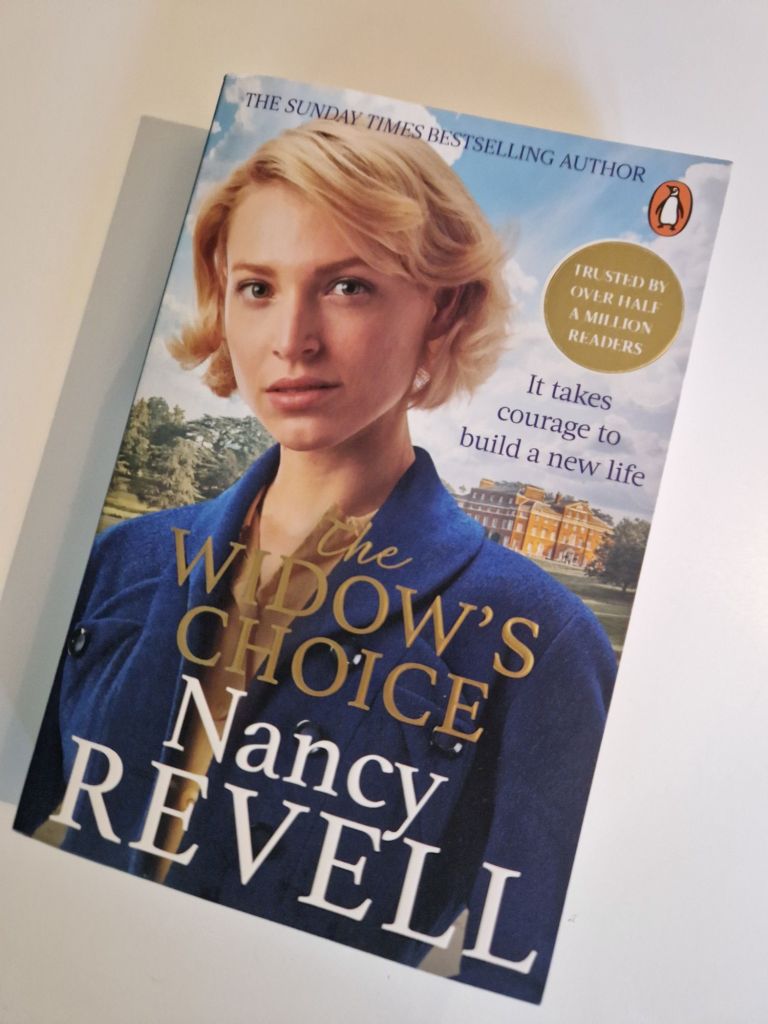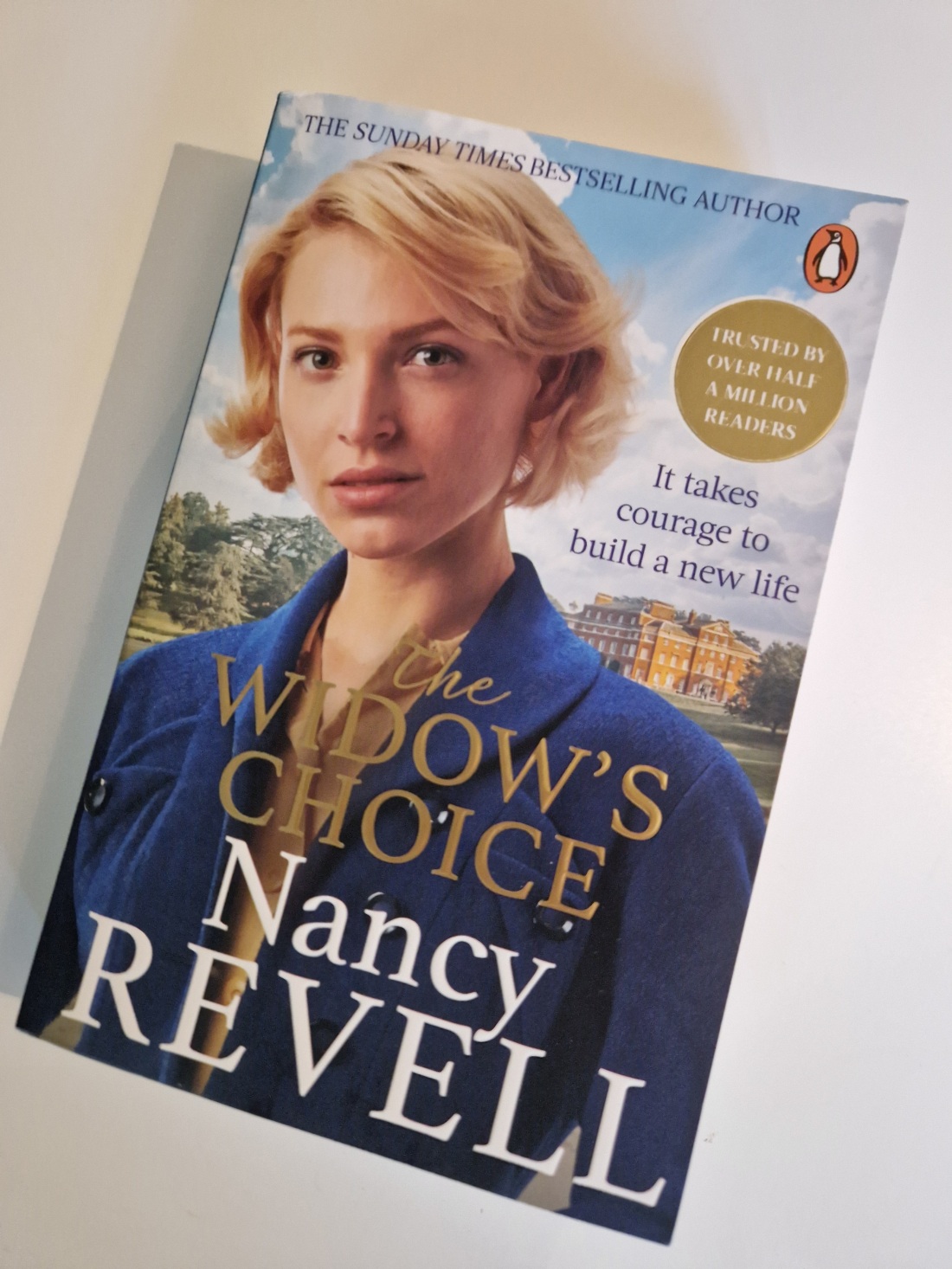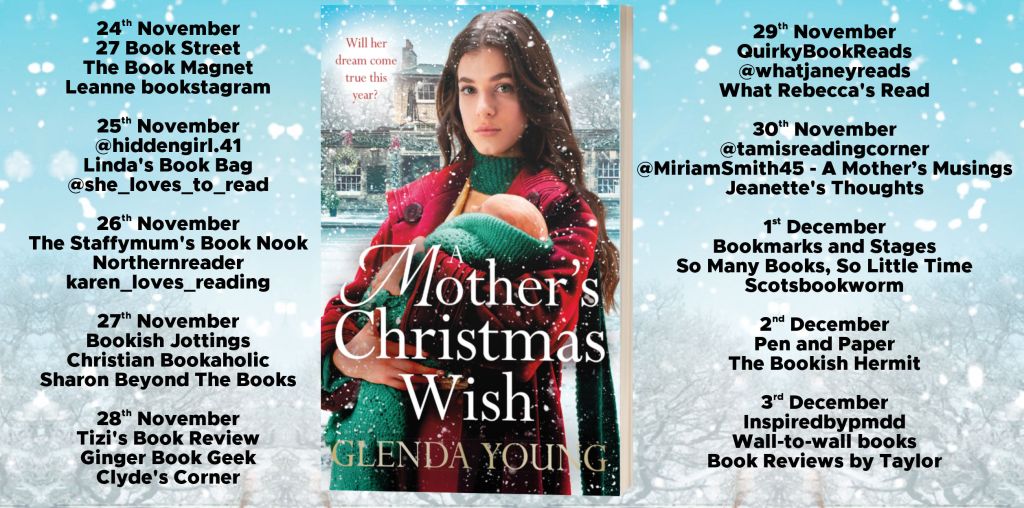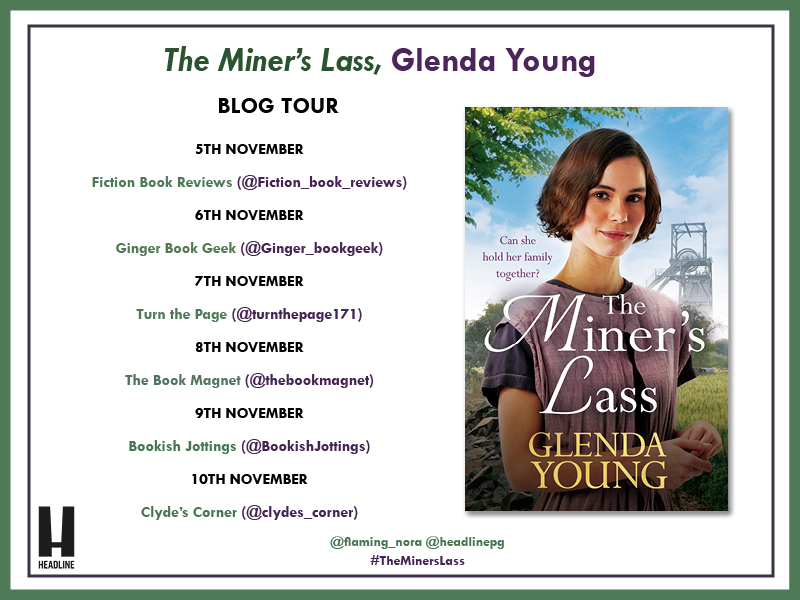“One thing I’ve learnt this past year, is that you don’t ever know what’s around the corner.”

She’s BACK! No, not just the fantastic Nancy Revell, but one of our beloved, fierce and fabulous women welders from Thompson’s.
Of course if you’ve even so much as skimmed over my earlier blog posts, it’s obvious that I (like many, many others) was/am a huge fan of ‘The Shipyard Girls series’, and was therefore waiting with baited breath to see what Nancy had for us next. No pressure there, right? ‘The Shipyard Girls’ was such a huge hit with saga readers, and beyond, so it must have been pretty daunting for Nancy to follow on from. Think The Spice Girls – yes, we eventually got ‘Spice Up Your Life’ which was an absolute bop, but when the first creative success you have is ‘Wannabe’, it’s basically impossible to immediately follow that with something equally brilliant (sorry ‘Say You’ll Be There, you just didn’t cut it for me). So I’ll be honest, I did no background research on ‘The Widow’s Choice’. I decided to approach it completely fresh, tried to put all things ‘Shipyard Girls’ out of my head, opened the pages and prepared to just appreciate it for whatever it was, whether that be another smash or something akin to that slightly less catchy second pop single. However, as always, Nancy knocked it out of the park.
Excited is an understatement to describe the moment I realised ‘The Widow’s Choice’ was a follow-on from ‘The Shipyard Girls’. Although the ‘Shipyard Girls’ saga ended with a wholly satisfying and heartwarming finale, they are all such fantastic characters that I will always have room for more of their stories. Like Downton Abbey – the series finale was completely *chef’s kiss* and tied up all the ends, but the subsequent films were like a wonderful dessert after an already fabulous meal, just like ‘The Widow’s Choice’. Having said that, however, Nancy has managed to perfectly strike that difficult balance between nods to the individual characters’ histories which thrill the familiar fans (hello Dr Eris – I spotted you towards the end!) and a rich plot which takes the reader on such an exciting and unpredictable journey that it works entirely as a standalone novel. So, if you’ve been living under a rock and haven’t read ‘The Shipyard Girls’, do not let this be a barrier to picking up ‘The Widow’s Choice’; although I would also urge you to start on ‘The Shipyard Girls’ after, because that’s equally gripping and un-put-downable.
“Angie owed it to all of them to put on a brave face and to start getting on with life again.”
So, we find our beloved Angie and Quentin four years on from VE day, and my goodness haven’t things changed! Angie has navigated the transition from coalminer’s daughter come woman welder to mistress of the manor, although I can imagine that the process of this was far from seamless, particularly once we’re introduced to Quentin’s mother Evelyn – monster in law if ever I saw one! Nancy Revell really does know how to write a baddie that we love to hate. I did wonder if Evelyn had ever come across our old favourite villain Miriam in their mutual social circles, although I dread to think of the chaos which that combination of personalities would ensue. The phrase ‘folie a deux’ springs to mind.
Although she is lady of the manor now, I was quickly relieved to find that our Angie hasn’t changed too much. She may be far from the impulsive, fun-loving and carefree girl we met several years back, but she certainly hasn’t forgotten her roots. When tragedy strikes in the opening chapter, Angie is understandably distraught and has the wind well and truly knocked out of her sails. But, with her motley crew of younger siblings in tow, as well as a spirited toddler of her own in the mix by now, the support of the eclectic mix of household staff and a fabulous new friend Clemmie (who even gives our Dor a run for her money), she rises to the challenge and, of course, comes out on top. And, in classic Nancy Revell saga style, does so with a new romance so fiery leaves even the draughtiest corners of mid-Winter Cuthford Manor, toasty warm.
I’m already counting down to the next installment, and can’t wait to see what Nancy has planned next for Angie and her tribe!





